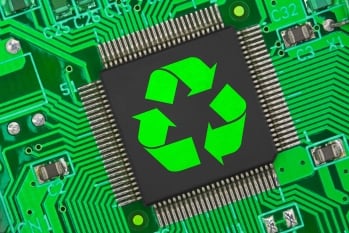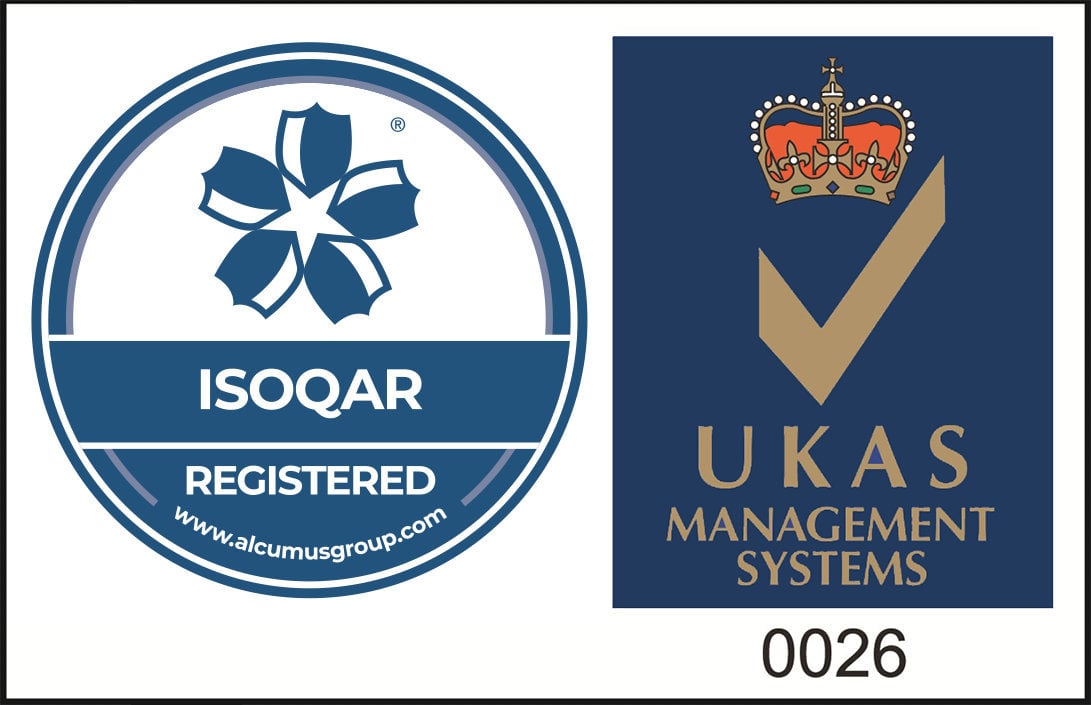

Circular & Lean Manufacturing Principles: Why Going Around In Circles Isn’t Always A Bad Thing
Published: 17/03/2023
Circular & Lean Manufacturing Principles: Why Going Around In Circles Isn’t Always A Bad Thing
We have all heard the phrase “one man’s trash is another man’s treasure” thrown around in jest. In reality, these words hold far more truth when considering circular and lean manufacturing principles. While you may see that surplus inventory and those obsolete parts as scrapyard bound, they are the apple of our eye. ‘Business as usual’ is often quintessential of a linear production process. However, we are here to show you why this is no longer an option if you are looking to bolster your bottom line.
So, how does a cyclical, lean approach benefit you and how can you give excessive e-waste its marching orders?
What is the circular economy and how does traditional manufacturing waste resources?
Across the industrial landscape, we predominantly employ a linear economy. We take raw materials from the planet, produce products and eventually cast them away to landfill. Increasing usage of finite materials, availability is rapidly depleting and the knock on effect will be huge. From operational downtime to soaring premiums placed on the remaining supplies, both the financial and environmental implications are highly damaging. In contrast, a circular economy aims to close the loop. From reducing wastage and recirculating resources to minimising waste disposal costs, each go hand in hand with lean manufacturing.
Otherwise known as lean production, this manufacturing method is designed to reduce material wastage while also boosting production levels. Dating back to the early 20th Century, Henry Ford formed a philosophy to improve the flow of production when manufacturing the Model T. By incorporating a conveyor system, repurposing materials which would be otherwise wasted and embracing just-in-time manufacturing, it is widely accepted that Ford pioneered the concept of lean manufacturing.
The Seven Wasteful Wonders of the Production World:
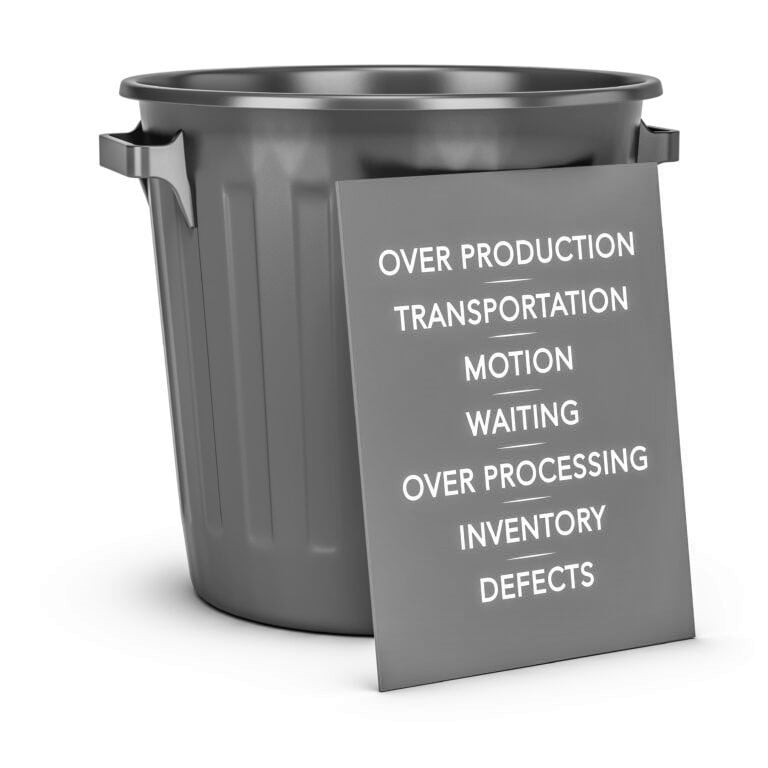
How can lean production reduce waste and increase profits?
Impacting both the bottom line and the planet, reducing waste levels has never been more prevalent. Automation across both materials handling and the actual production process is being used to increase efficiency. With enhanced quality control, the employment of robotics commonly means less defects and therefore less wastage. The monitoring process identifies anomalies and when resources aren’t being utilised optimally, steps can be taken to make the most of each material.
Overproduction is a main focus when it comes to waste management and producing more than what demand requires only adds to this wastage. Businesses can then invest capital in product development, diversifying into new markets or pursuing other avenues for operational improvements. This is often a result of less investment in excessive surplus new materials and with enhanced quality, you become increasingly competitive in your field.
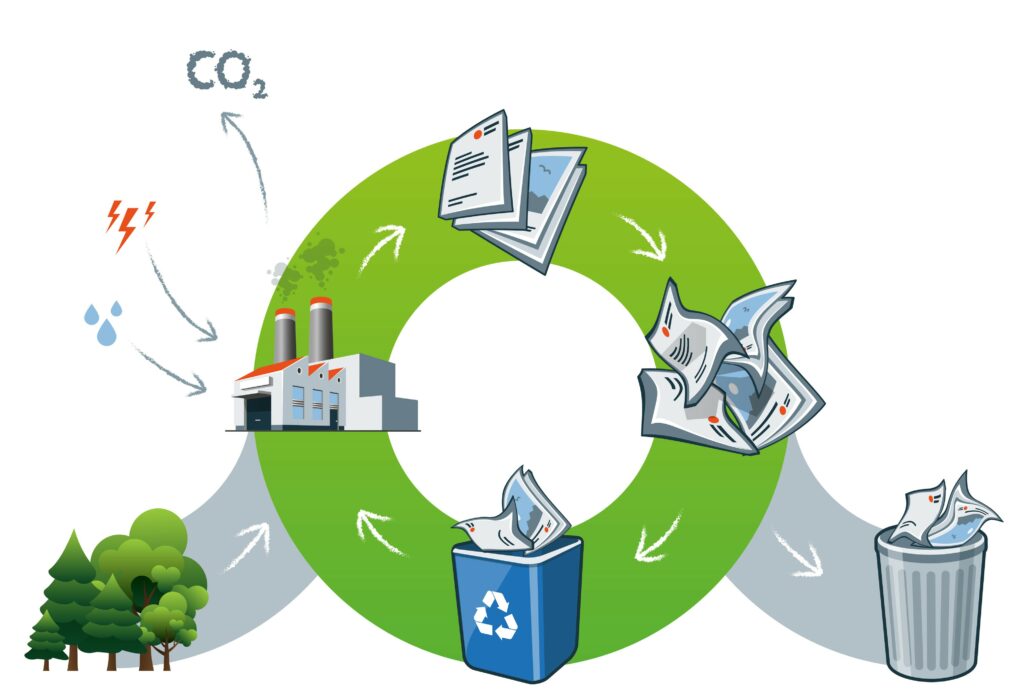
How does the circular approach lend itself to lean manufacturing principles?
Lean manufacturing principles impact various sectors and industries, however the manufacturing world is undergoing a circular transformation. The finite nature of raw materials essential for production has thrown a spanner in the works and called for change. Businesses across the globe are beginning to embrace the lean circular model as the new standard. With the inevitable price hike for raw materials and limited availability, it is clear to see why.
“Today’s standardisation…is the necessary foundation on which tomorrow’s improvements will be based. If you think of “standardisation” as the best you know today, but which is to be improved tomorrow – you get somewhere. But if you think of standards as confining, then progress stops.”
Henry Ford
As discussed, the circular model centres on remaking products from existing materials and reselling products which are no longer used. Whether it be using components from various old products to form a new automation part or refurbishing an entire unit via a reseller, there are many paths to explore when it comes to joining each end of the product life cycle to form that circle. Circular economies prioritise waste minimisation and recycling components while enhancing time efficiencies through lean manufacturing principles. This could be due to reduced lead times for the sparse availability of new materials and therefore less production downtime. In conclusion, merging the two concepts means financial savings, enhanced productivity and emphasising a holistic environmentally considerate angle of your manufacturing process.
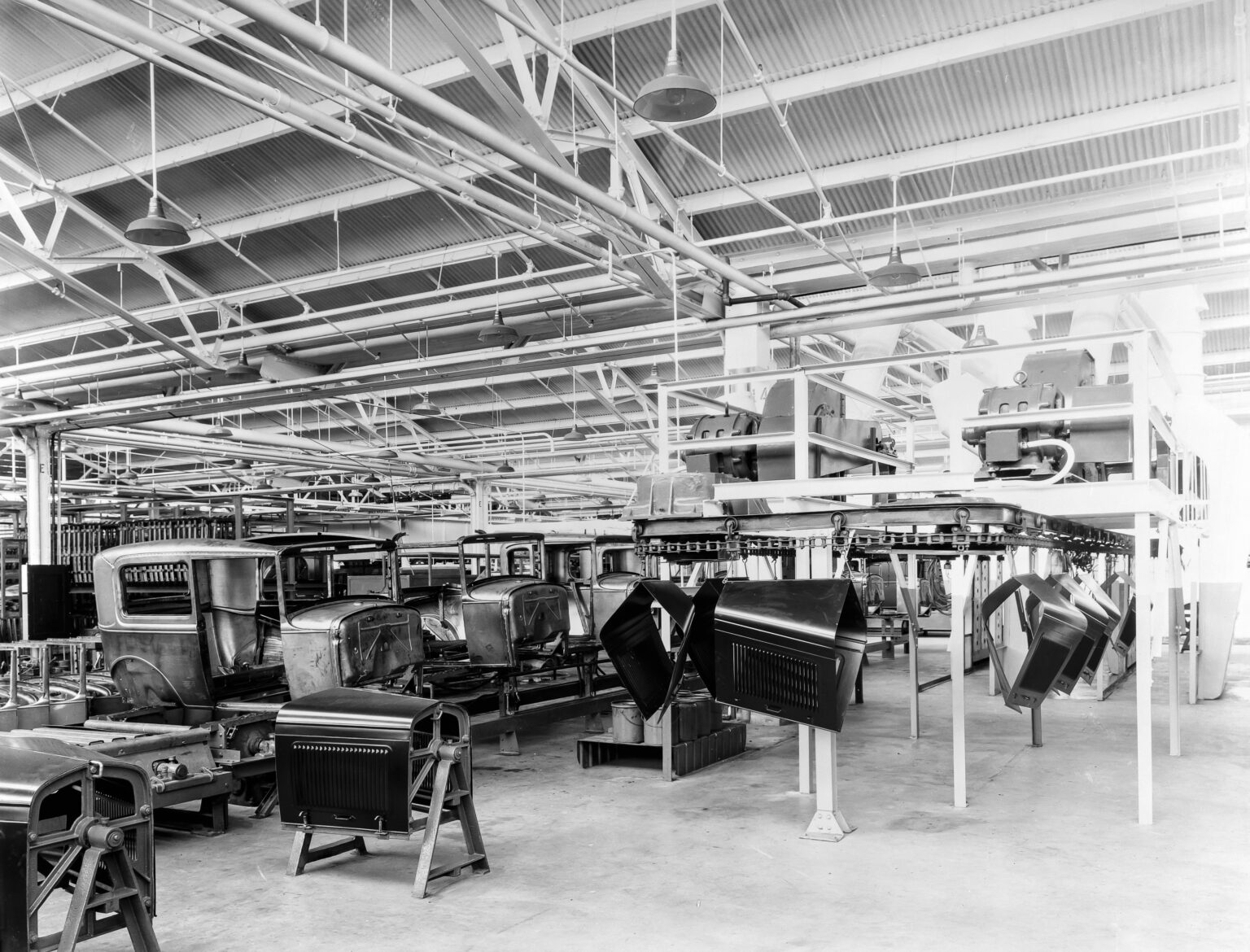
How can we help you to close the loop?
Selling the automation parts that you no longer need means that you can avoid those nasty charges wired into waste collection. Our team does all the heavy lifting, pays you for the privilege and your process becomes increasingly lean. Basically, you recuperate a final return on investment and do your bit for the environment. Just send us your list of electrical parts, accept the offer and wait for us to collect the goods. Transforming your surplus inventory into easy money really is that simple.
Buying your spares enables us to continue supporting users of obsolete automation equipment. Are you treating your automated process to an electrical upgrade? Perhaps the part has failed and you don’t want to encounter those disposal fees? Don’t worry, we buy parts from across the world. We fix and re-home them, saving your electronics from meeting their fate on the scrapheap.
How do we do this?
- Once we receive the part, our engineers replace the broken components and rebuild it to its former glory
- We restore the unit to its original factory settings and your data remains completely out of the picture
- The part undergoes a thorough test at our repair facility and run at maximum capacity to ensure 100% functionality
- Our team then introduce the part to its new owner, sent on its way with a two year warranty, so the wheels of the circular economy can continue to turn
Is your manufacturing process ready to become a lean, green, circular machine?
From drives and programmable logic controllers to human machine interfaces and industrial computers of any brand, if they are collecting dust in a corner of your warehouse, we will take them off your hands, replace them with cold hard cash and boost your sustainable identity.
Want to find out more?
If you'd like to learn more, click the button below and one of our helpful friendly team will be in touch. Alternately you can reach us by phone on +44 800 234 3747
Share this article


























